Maker Education into Deaf School 3D Printing Opens the Mind
In the face of the current concept of the maker education, 3DOne for the youth 3D modeling software and Sidim organization dedicated to the education of the makers combine 3D printing with Maker, and successively conducted science lectures in more than 30 primary and middle schools in Dalian. Recently, we put our attention on a group of special children, and brought the maker education into the blind school of Dalian, so that the spirit of makers is also rooted here. Bringing opportunities for innovation, creativity and creativity to this unusual group of children.
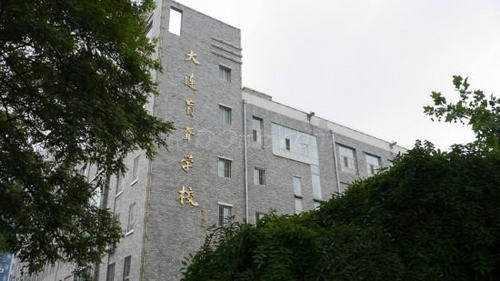
Dalian Blind School
There is a special group of children living in the blind school. They live in a world without sound, no glory, the living environment and social groups are relatively closed, and the channels for receiving outside information and new things are very limited. It is even excluded from the mainstream social life and is regarded as an alternative by a healthy group. Therefore, most students have different levels of psychological problems and communication barriers. We have tentatively brought the maker education based on 3D design and 3D printing to this special group, which has brought new interest to the after-school cultural life of blind students.
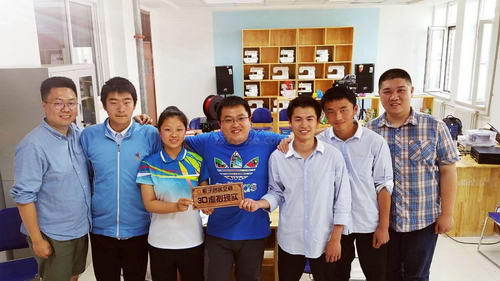
i3DOne community maker teacher Han Dongpeng and the students of the makers
In the Maker Interest Group, students learn 3D modeling using 3DOne software with the help of a computer teacher who knows sign language. Although the students have different levels of obstacles in listening, this can't stop the desire to know. After a period of study, the students helped each other. Most of the students who participated in the Maker Interest Group have mastered the use of 3DOne software basic modeling tools and commands. I also learned the idea of ​​modeling through several examples. Basically reached the entry level.
After learning the modeling software, the students first thought about how to use the advanced technology and creation tools of 3D modeling and 3D printing to serve the students and daily teaching work of the school. With the help of the sign language teacher, the students discussed and discussed some problems in the process of special education in the school, and discussed which problems can be solved by 3D printing technology.
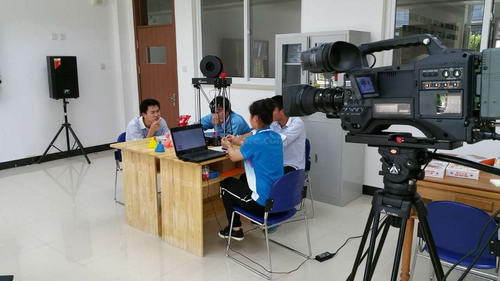
The students are actively discussing
After several rounds of discussion, some of the lower-level blind students suggested that the traditional Braille learning tools were too small. For younger Braille learners, it is more difficult to use. Is it possible to design a Braille entry learning device for younger blind people through 3D design and 3D printing?
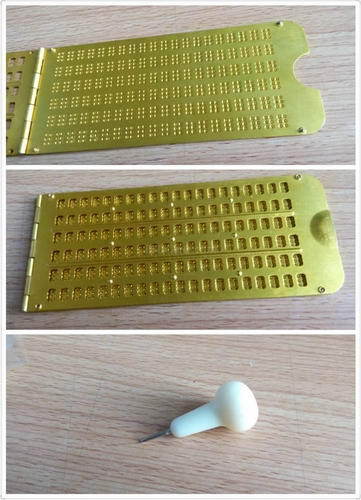
(Traditional Braille Learning Board) The left end of the Braille board has a movable axis. The two sheets can overlap each other. There are many grids of the same size. Each grid has 6 small holes like pinholes. This grid is called square, and the Braille board has three specifications: four rows, nine rows, and seven rows. The six dots in each side are from right to left, and the number from top to bottom is 1-6 six points. Point to indicate different Braille. Braille paper looks like kraft paper, and the blind pen is a bit like a small awl when writing Braille, using the pen to click on the corresponding point position to form a record.
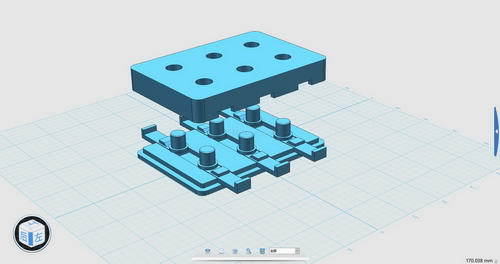
3DOne software modeling and design new braille learning machine
After understanding the creative needs of the students, the i3DOne community creator Han Dongpeng, through guidance and assistance, enabled the students of the Maker Group to quickly design a device for changing the unevenness of the blind text by pushing and pulling the slider through the 3DOne software. . And each part was printed using a 3D printer, and a prototype was assembled. After the actual trial of the Braille teacher and classmates, the device was found to be moderately sized and easy to operate. Point bumps are clearly easy to identify, and it is indeed possible to better assist in the introduction of Braille letters for younger blind students in teaching practice.
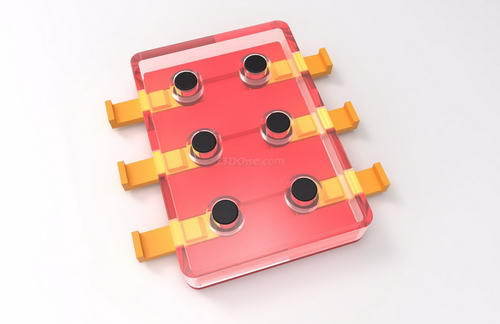
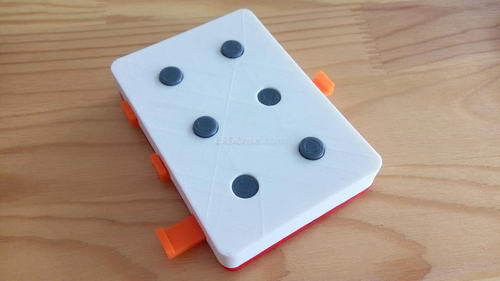
Rendering and printing physical map of the new Braille learning machine
Sidim Maker Education and 3DOne modeling software introduce 3D printing design into the special education field, which is a groundbreaking attempt of Maker Education. Through the teaching activities of Maker Education, the blind students who participated in the Maker Activity Group learned and mastered an advanced and unique technology, enriching the cultural life after school. And in the daily learning to help each other, enhance the relationship between students. In the makers' activities, expressing and sharing their own ideas and ideas in various ways also helped these special students to enhance their self-confidence. More importantly, they can also promote the spirit of the makers like the sound students, and use the knowledge they have learned to solve practical problems in the actual learning life. This also helps them integrate into society and participate in social production practices, further eliminating barriers and obstacles.
About i3DOne Elementary and Secondary School 3D Creative Community
Combined with 3DOne, a three-dimensional creative design software for primary and secondary schools, it provides innovative curriculum solutions for 3D design + 3D printing for primary and secondary schools, and creates an online Maker education interactive community that inspires young people's creativity.
Guangzhou China Han Oral Products Co., Ltd. , https://www.gzchinahan.com